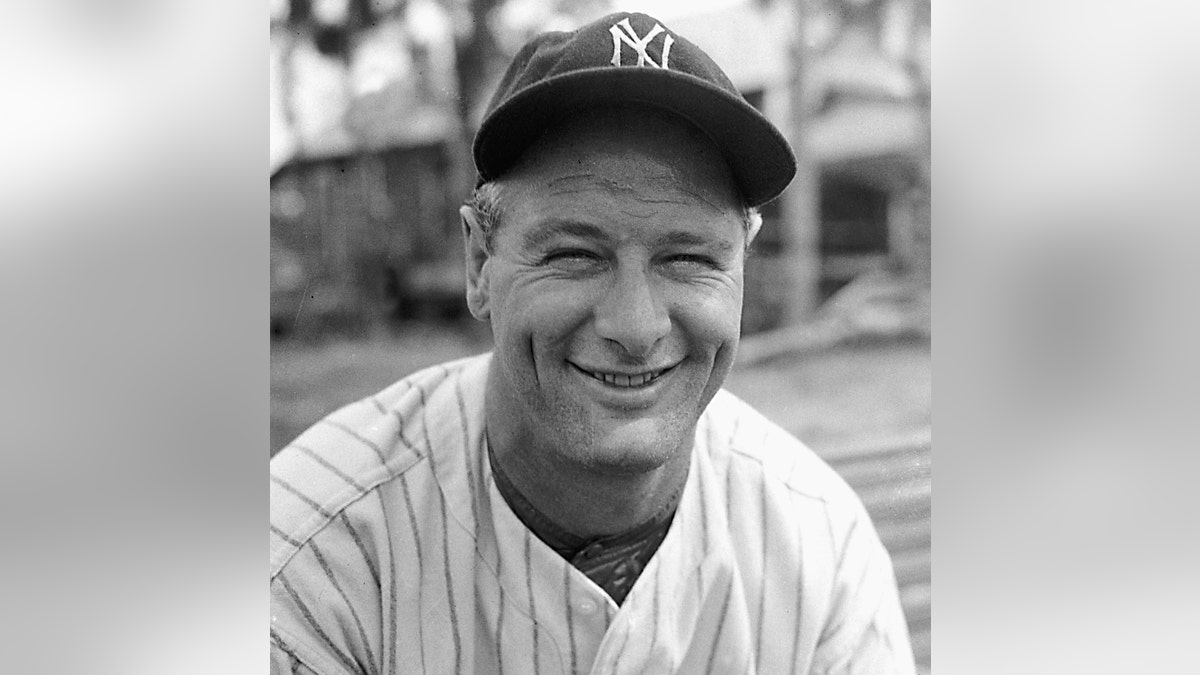
(AP)
On his 36th birthday, Lou Gehrig, baseball’s greatest first baseman, was diagnosed with amyotrophic lateral sclerosis, an untreatable disease that attacks brain cells called motor neurons. As the motor neurons grow sick and die, a person with ALS loses the ability to walk, move, speak and eventually breathe.
Before Gehrig’s famed July 4, 1939, retirement speech, during which he told a packed crowd of more than 62,000 fans at Yankee Stadium that he considered himself "the luckiest man on the face of the earth,” few people had heard of ALS. Gehrig's influence on public knowledge was so widespread that even now, many people know the disease only by his name.
This July marks the 75th anniversary of Gehrig's retirement. Seventy-five years after he brought the first major public awareness to ALS, there is still no effective treatment for the disease.
The 5,600 Americans who are diagnosed with ALS each year are told, as Project A.L.S. founder Jenifer Estess was in 1998, to max out their credit cards, put their estates in order and try to get comfortable for the two to five years they have left.
[pullquote]
ALS is a careless killer. It leaves no survivors, taking our best without an eye to race, sex or health factors. Cruelly, the only confirmed risk factor for ALS is being a veteran, which doubles one’s chance of being diagnosed.
It is shocking that the science world, which has discovered effective treatments for many cancers, AIDS, and heart disease, understands so little about the brain. ALS is a terrible disease, and we desperately need to invest more attention and research dollars to understand and cure it.
But even worse, it's not alone. It is one member of a class of fatal brain conditions termed “neurodegenerative diseases,” which also include Alzheimer's, Parkinson's and Huntington's.
Together, these disorders represent a 21st century epidemic. Unless a cure is found for these killers by 2050, Americans will spend $1 trillion a year in tax dollars toward caring for the 15 million patients with neurodegenerative diseases.
Dr. Gregory Petsko of Weill Cornell Medical College in New York City, a world-renowned neuroscientist, asks: “If you knew that a comet was certain to hit the earth and kill more than 11 million Americans, would you not do everything in your power to stop its strike? Well, we know with certainty that by 2050, nearly 15 million Americans will have Alzheimer’s disease, Parkinson’s disease or ALS. Where is the clamor? Where are the calls for action?”
Even now, when an impending crisis is clear, our government allocates four times more research dollars to AIDS than to all of brain disease, and it funds only one in three grants from research scientists trying to understand the brain.
Seventy-five years ago, Lou Gehrig raised his voice to tell America about ALS – but since then, millions of other "luckiest men" have died without a chance of treatment.
So we ask again: Where's the clamor? Nearly everyone in America knows someone with a neurodegenerative disease (and if you don't yet, you will: by 2025, one in 25 of us will be diagnosed with one), and it's our voices and our dollars that will stop this epidemic before it's too late.
Lou Gehrig earned the nickname “The Iron Horse” for his durability and tenacity. He played in 2,130 consecutive games never missing a game in his 14 years as a Yankee. A record that lasted 56 years.
May is ALS awareness month. This year, join Project A.L.S. in honoring Gehrig’s steadfast persistence and help us stop ALS and related diseases once and for all.
